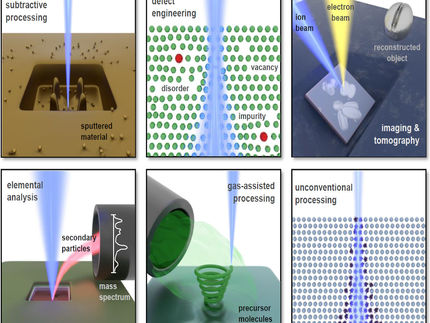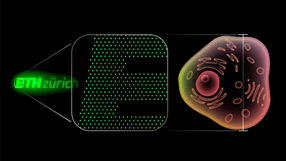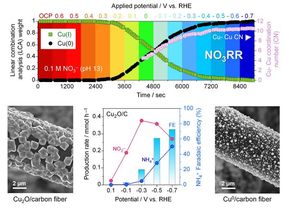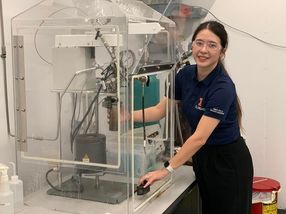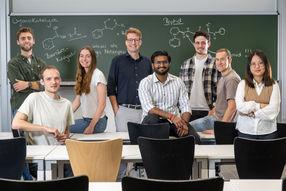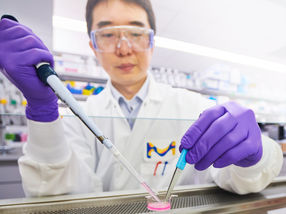In touch with molecules
Advertisement
The performance of modern electronics increases steadily on a fast pace thanks to the ongoing miniaturization of the utilized components. However, se-vere problems arise due to quantum-mechanical phenomena when conven-tional structures are simply made smaller and reach the nanometer scale. Therefore current research focuses on the so-called bottom-up approach: the engineering of functional structures with the smallest possible building blocks - single atoms and molecules.
For the first time a collaboration of researchers across Europe now achieved to investigate the electrical behaviour of only two C60 molecules touching each other. The molecule which is shaped like a football was discovered in 1985 and since then has attracted tremendous attention by researchers all over the world due to its unique chemistry and potential technological applications in nano-technology, materials science and electronics.
The findings of the researchers from institutes in Germany, France, Spain and Denmark were published in the latest issue of the magazine Physical Review Letters. A scanning tunnelling microscope (STM) was used to con-struct an ultra small electrical circuit comprised of only two C60 molecules, each just 1 nanometer in diameter. The researchers first picked up a single C60 mole-cule with the STM tip and thereafter approached a second molecule with a pre-cision of a few trillionths of meters. During this controlled approach the physi-cists were able to measure the electrical current that flows between the two molecules. Understanding this current, which depends critically on the distance between the molecules, is important for utilizing molecules in future electronics.
The investigation revealed that the electrical current does not flow easily be-tween the two touching C60 molecules – the conductance is 100 times smaller than for a single molecule. This finding is crucial for future devices with closely packed molecules as it indicates that leakage currents between neighbouring circuits will be controllable.
These experimental findings are strongly supported by quantum-mechanical calculations which too come to the result of poor electrical conductivity between two C60 molecules.
The extreme precision of manipulation and control of single molecules pre-sented in this work open up a new route for exploring other promising mole-cules. The deeper understanding of electrical current on the nanometer scale is an essential step towards novel molecular nanoelectronics.
Most read news
Topics
Organizations
Other news from the department science

Get the chemical industry in your inbox
By submitting this form you agree that LUMITOS AG will send you the newsletter(s) selected above by email. Your data will not be passed on to third parties. Your data will be stored and processed in accordance with our data protection regulations. LUMITOS may contact you by email for the purpose of advertising or market and opinion surveys. You can revoke your consent at any time without giving reasons to LUMITOS AG, Ernst-Augustin-Str. 2, 12489 Berlin, Germany or by e-mail at revoke@lumitos.com with effect for the future. In addition, each email contains a link to unsubscribe from the corresponding newsletter.



